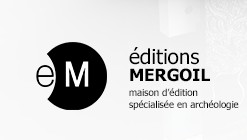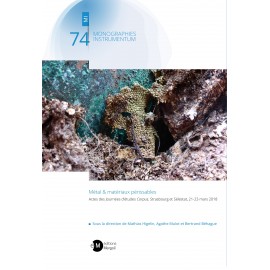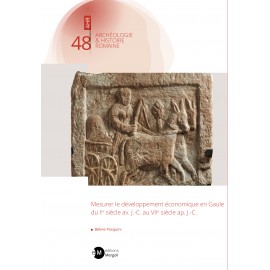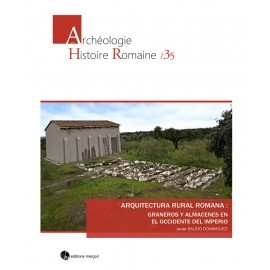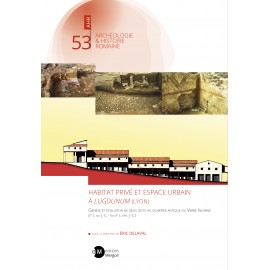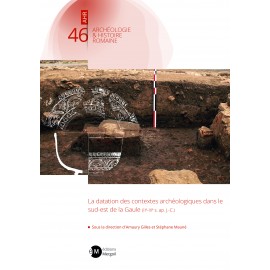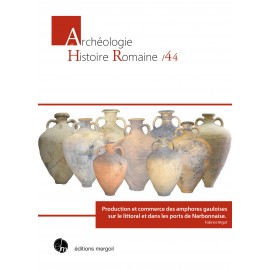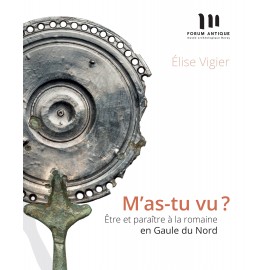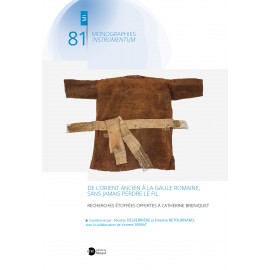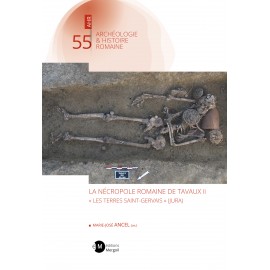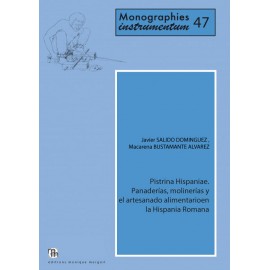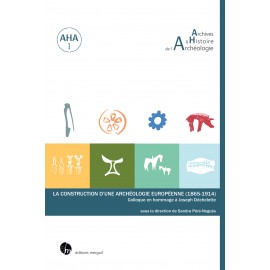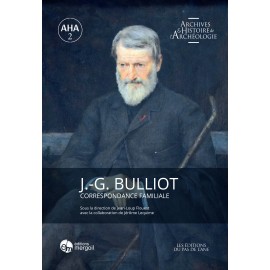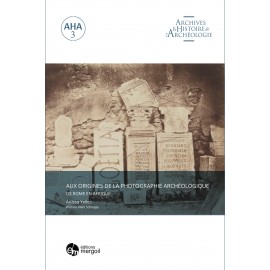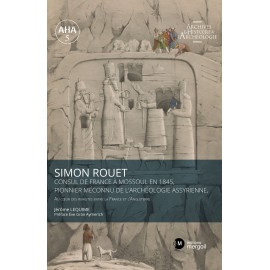No products
Prices are tax included
Product successfully added to your shopping cart
There are 0 items in your cart. There is 1 item in your cart.
Archives & Histoire de l'Archéologie
- Archéologie et Histoire Romaine
- Archéologie Moderne et Contemporaine
- Archéologie des Plantes et des Animaux
- Archéologie du Paysage
- Archives & Histoire de l'Archéologie
- Europe Médiévale
- Monographies Instrumentum
- Préhistoires
- Protohistoire européenne
- Research Protocols
- Off collections
- Les cahiers de saint-michel de Cuxa
- Second-hand
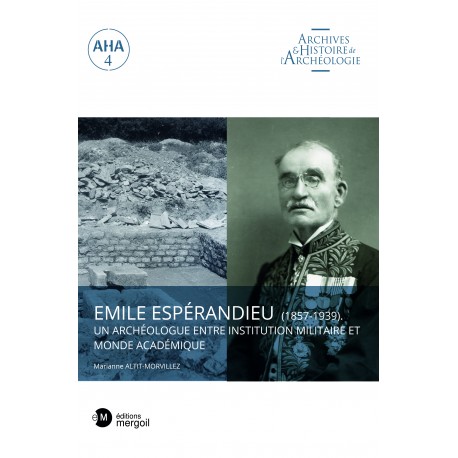 View larger
View larger Emile Espérandieu (1857-1939). Un archéologue entre institution militaire et monde académique
AHA-04
New
Emile Espérandieu (1857-1939). Un archéologue entre institution militaire et monde académique. AHA-4
Marianne Altit-Morvillez. 2021, 340 p. , coul, (ISBN: 978-2-35518-116-0). Préface Alain Schnapp.
More info
Résumé :
Table des matières
Remerciements
Préface (Alain Schnapp)
Préambule (Louis Millet)
L’ultime demeure : le Palais du Roure.
Introduction
La correspondance d’Espérandieu : essai de présentation
Les documents biographiques dans les archives du Palais du Roure.
La biographie et la correspondance
L’apport historiographique de la correspondance
Chapitre I :
Quand un militaire devient épigraphiste
1 Découverte de l’épigraphie en Tunisie
2 Intégrer les réseaux et publier des corpus régionaux
3 Apprendre la méthode, chercher une légitimité
4 La légitimité enfin acquise
5 Le CIL et les érudits allemands
Chapitre II :
Le Recueil des bas-reliefs de la Gaule, une fabrique éditoriale
1 Un recueil attendu
2 Les objectifs scientifiques du recueil
3 La recherche des bas-reliefs, les correspondants
4 L’édition du Recueil
5 La réception de l’oeuvre
6 Le sort de la collection de photographies
Chapitre III :
Un officier devenu archéologue, ad majorem Alesii gloriam
1 La rivalité au coeur des fouilles d’Alésia : enjeux scientifiques et patrimoniaux
2 Une stratégie de communication
3 Le différend opposant le Dr Simon au commandant Espérandieu
4 De la méthode d’Espérandieu en fouilles
Conclusion
Archives
Bibliographie sélective d’E. Espérandieu
Bibliographie générale
Index des personnes citées
